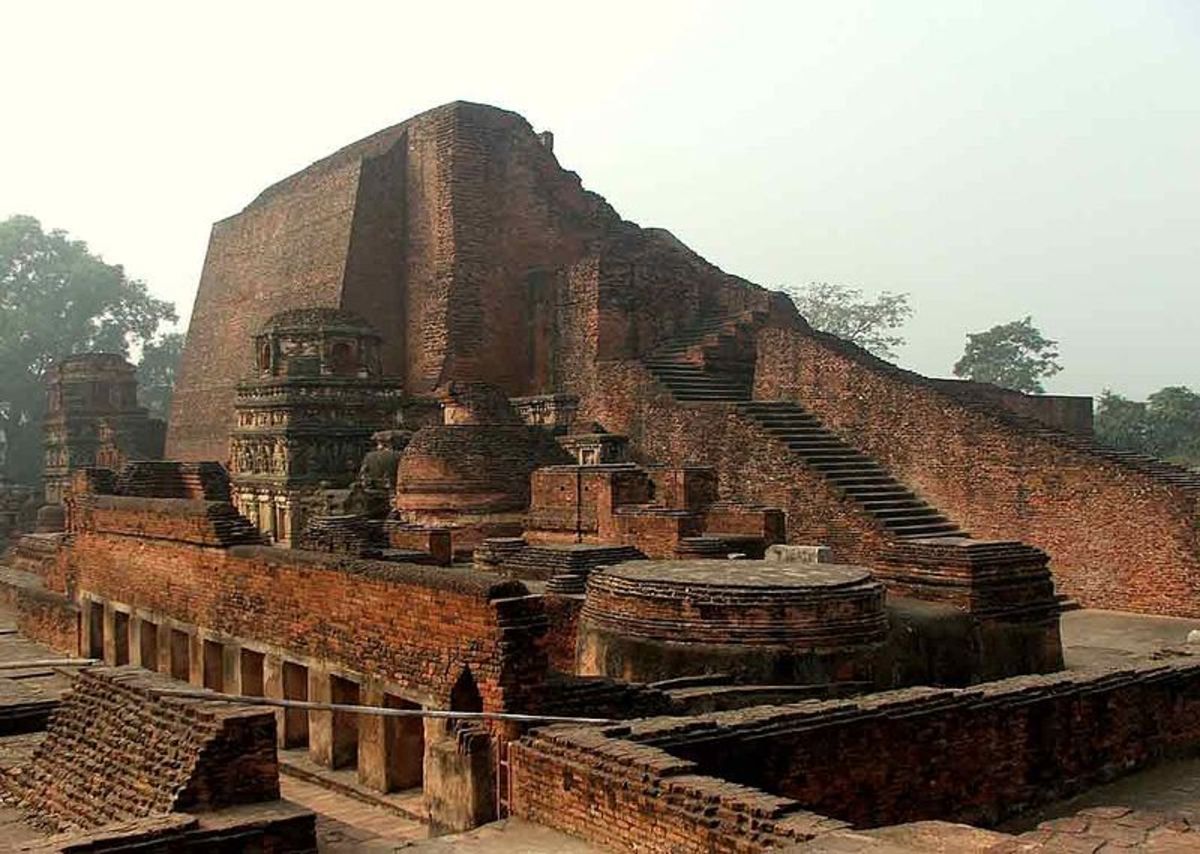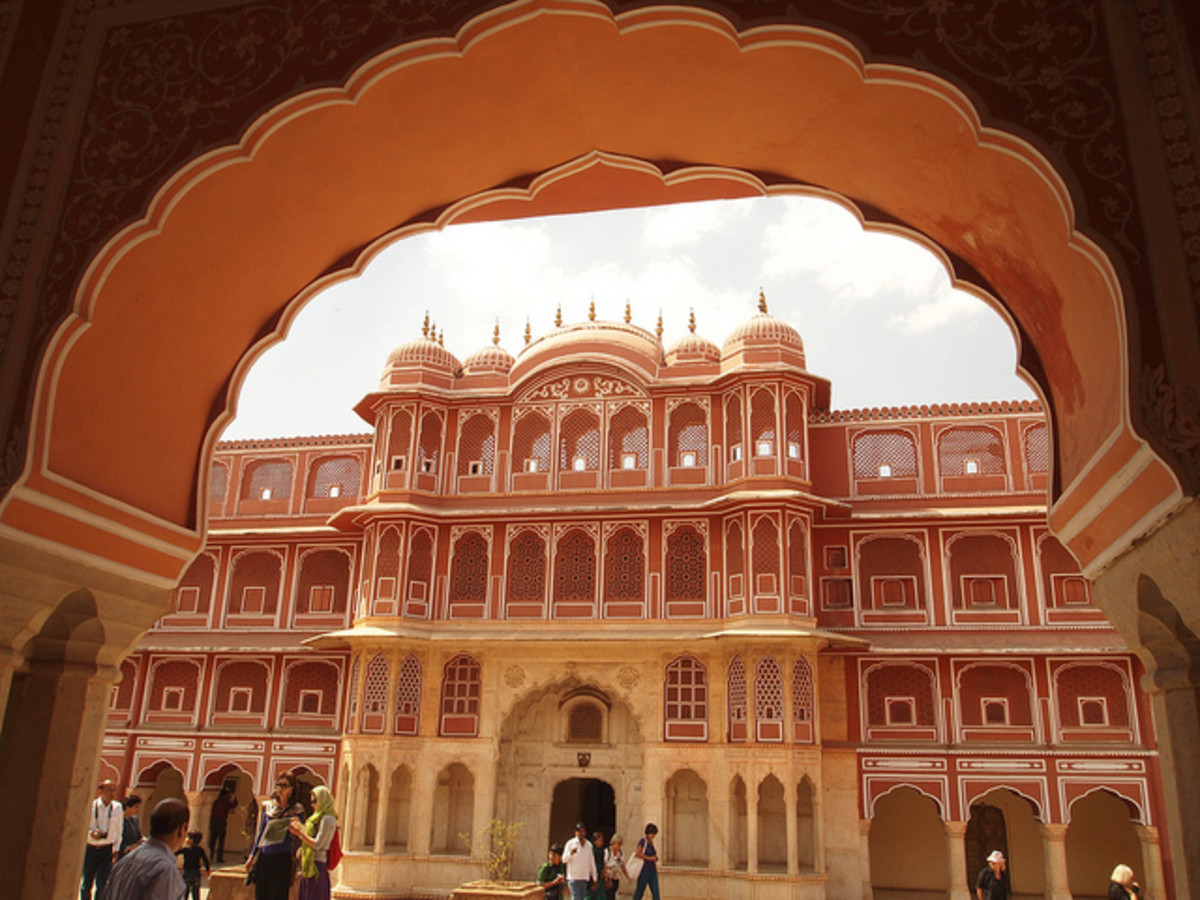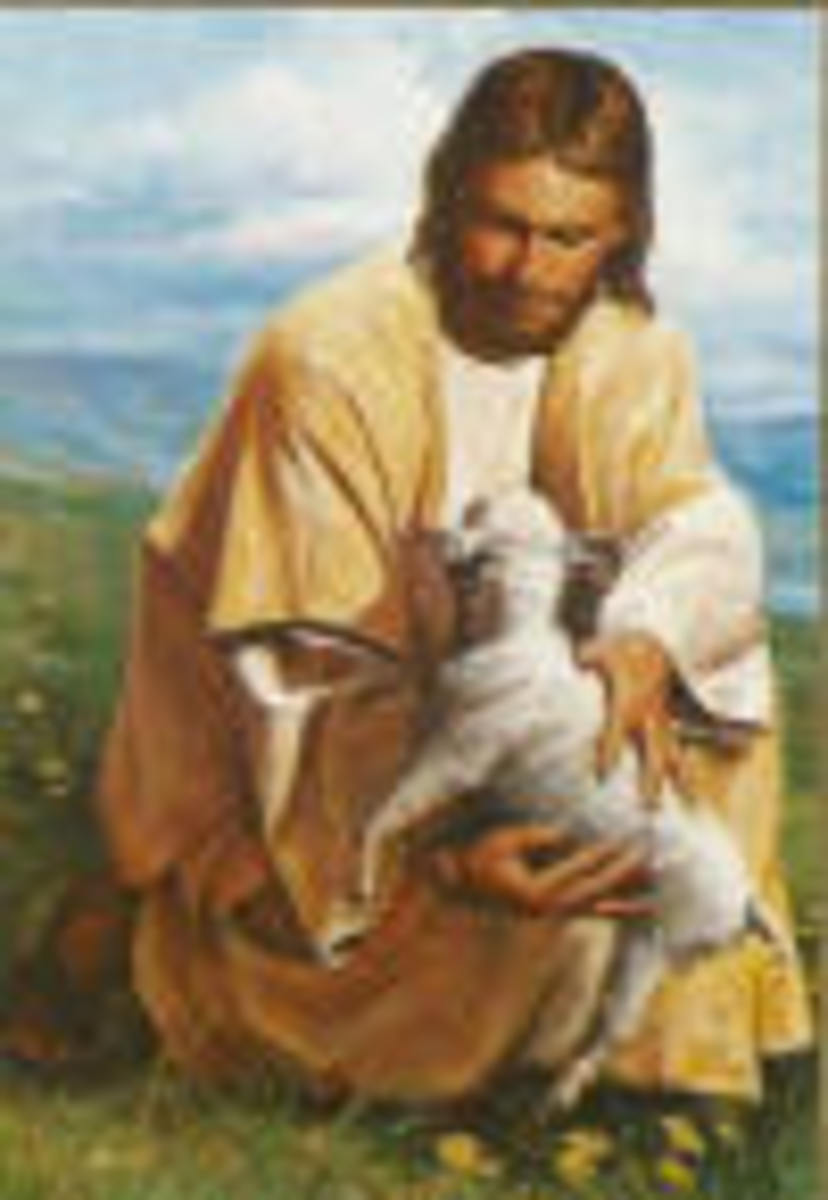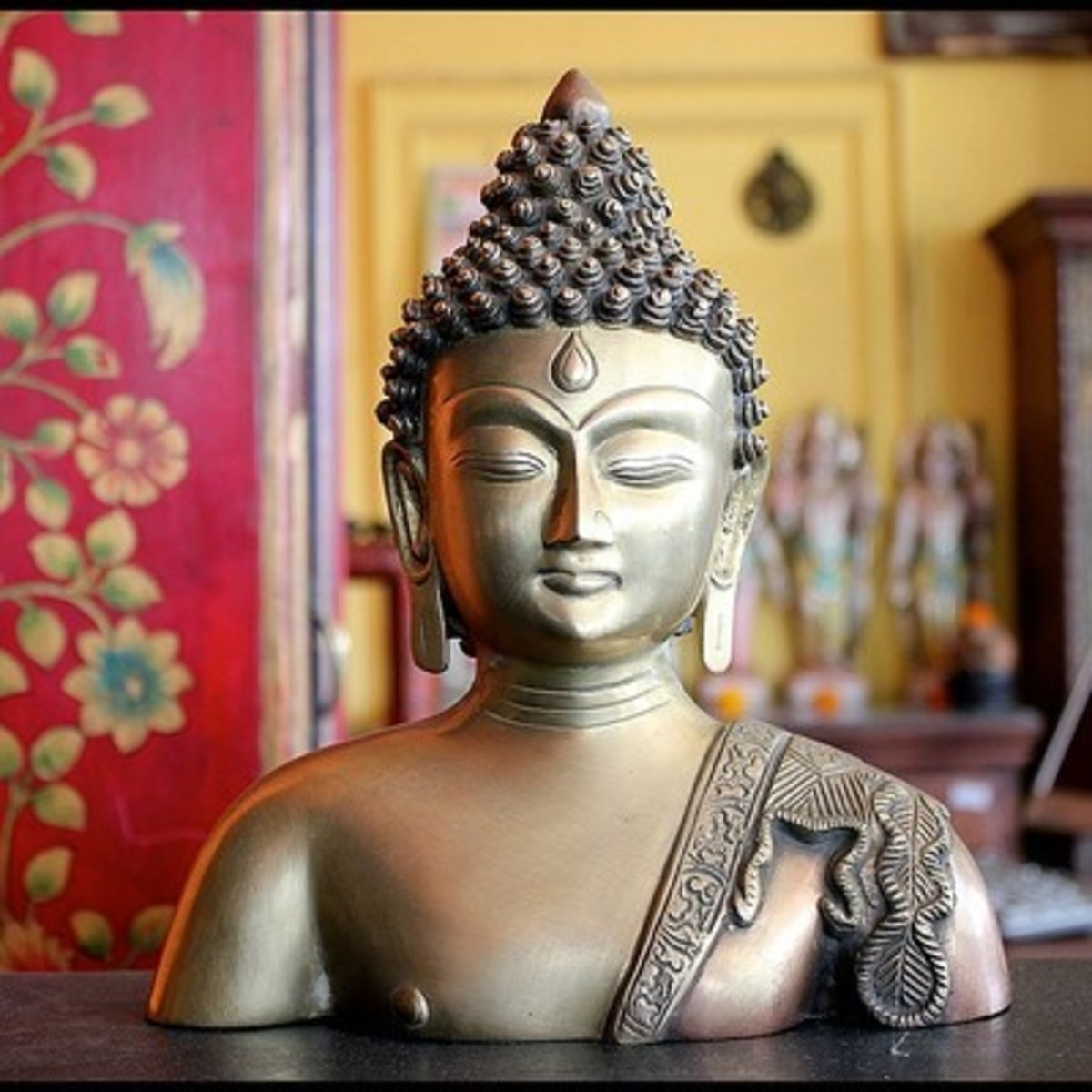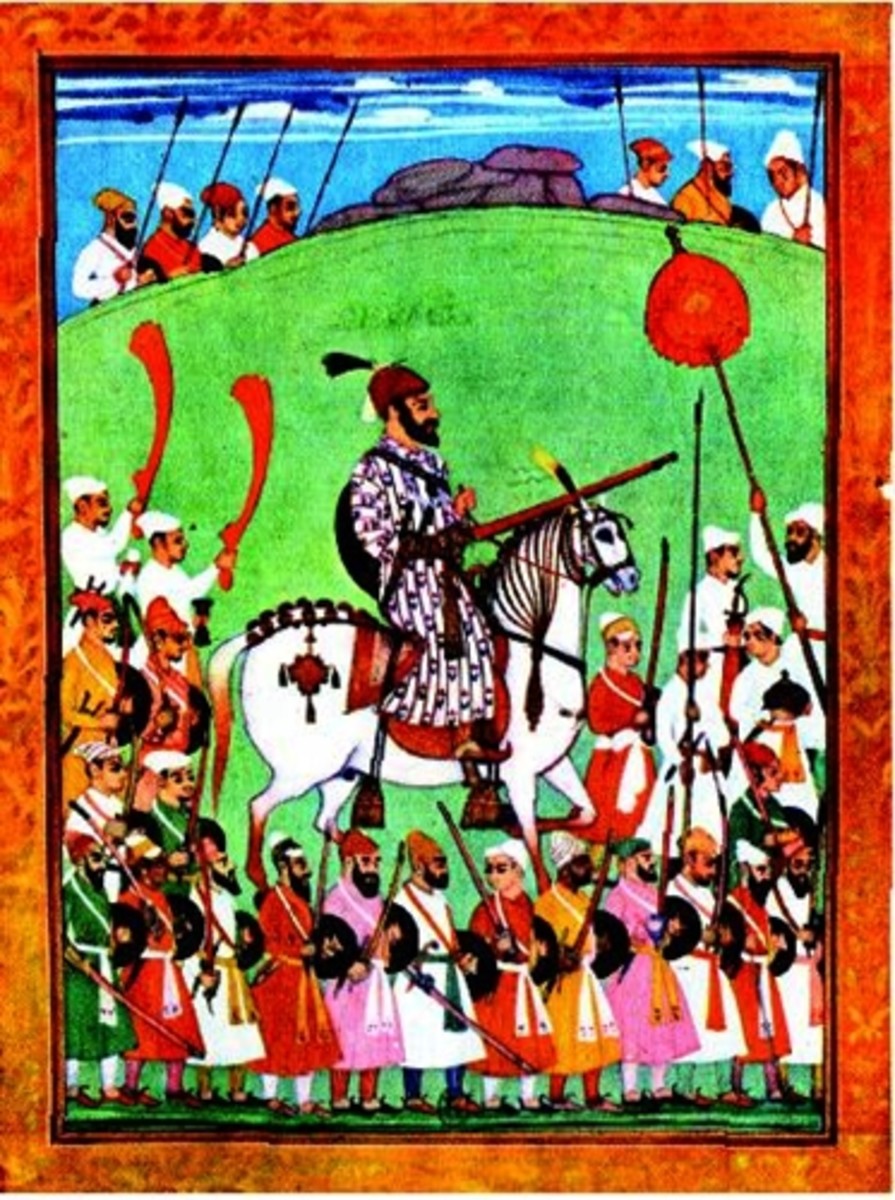- HubPages»
- Education and Science»
- History & Archaeology»
- History of Asia
King Harshavardhana

Harshavardhana
In the course of the forty-one years that Harsha ruled, he included among his feudatories, kings as distant as those of Jalandhar in the Punjab, Kashmir, Nepal, Valabhi, Gujarat, Malwa, Sind, Frontier Provinces and Assam. The United Provinces, Bihar, Bengal, Orissa, Central India and Rajputana were under the direct administration of Harsha. Harsha was unable to extend his power in the Deccan or southern India. In fact, he suffered his one major defeat at the hands of a Deccan Chalukya King, Pulakeshin II. Thus, Harsha finally found himself ruling a large kingdom in northern India.
Harsha was an energetic ruler who travelled frequently in order to keep himself accessible to his subjects. In the latter half of his reign, he spent most of his time in camp, travelling from place to place. He was a man of considerable literary interests and talents and despite his administrative duties, he managed to write plays i.e. Ratnavali, Priyadarshika and Nagananda, of which, the first two are comedies in the classical style and the third has a serious religious theme. He maintained a magnificent court where philosophers, poets, dramatists and painters flourished. Bana, the author of Harsha-Charita and Kadambari, was the court poet of Harsha. Maurya, the author of Mayurashataka, and Bhartrihari, the author of Vakyapadiya and a grammarian, also lived at the court of Harsha. Harsha was the chief patron of the University of Nalanda where about 10,000 students from all parts of India and abroad studied.
Harsha was, in the beginning, a devotee of Shiva. Probably owing to the influence of his sister, Rajyashri and the Buddhist saint, Divakara Mitra, he accepted Buddhism. Later on, he changed over to Mahayana Buddhism under the influence of Hiuen- Tsang. But, he respected all religions and patronised them equally. Public worship of the brahmins and the gifts at Prayag amply prove this. Free hospitals for men and animals were run by the state. Rest houses (Dharmashalas) were opened for travellers and poor people where they received free food and accommodation.
With a view to popularising and propagating the doctrines of Mahayana Buddhism, Harsha arranged at Kanauj a big assembly of 20 kings, 3,000 monks thoroughly acquainted with both Hinayana and Mahayana. 3,000 brahmins and Nirgranthas (Jainas) and about a thousand scholars from the Nalanda monastery. It was presided over by Hiuen-Tsang. For three weeks all these participants discussed the doctrines of Mahayana Buddhism, and they were once again made popular.
Another great ceremony was held for 75 days at Prayag (Allahabad). The images of Buddha, Sun and Shiva were publicly worshipped and gifts of valuable articles and clothing were given to about 50,00,000 persons belonging to all faiths. Hiuen-Tsang writes that Harsha actually gave away everything in the royal treasury and became a monk. Harsha repeated such emptying of the royal treasury once in every five years.
Events towards the end of Harsh's reign are described in Chinese sources. His contemporary, the T'ang emperor Tai-Tsung, sent an ambassador to his court in 643 and again in 647. On the second occasion, the Chinese ambassador found that Harsha had died and that the throne had been usurped by an undeserving king. The Chinese ambassador rushed to Nepal and Assam and raised a force with which the allies of Harsha defeated the usurper, who was taken to China as a prisoner. The kingdom of Harsha disintegrated rapidly into small states. The three border states of Assam, Nepal and Kashmir, resumed their independent rule. Northern India was divided among several Rajput dynasties. In the north, the object of political ambition at this time was to conquer and hold the city of Kanauj, which had become a symbol of imperial power, perhaps, owing to its connection with Harsha and with Yashovarman (700-740 A.D.). Kanauj became a bone of contention between three powers. All three directed their strength towards its conquest. This exhausted all three of them, leaving the field open to their feudatories, which resulted in the founding of small regional kingdoms all over northern India.

